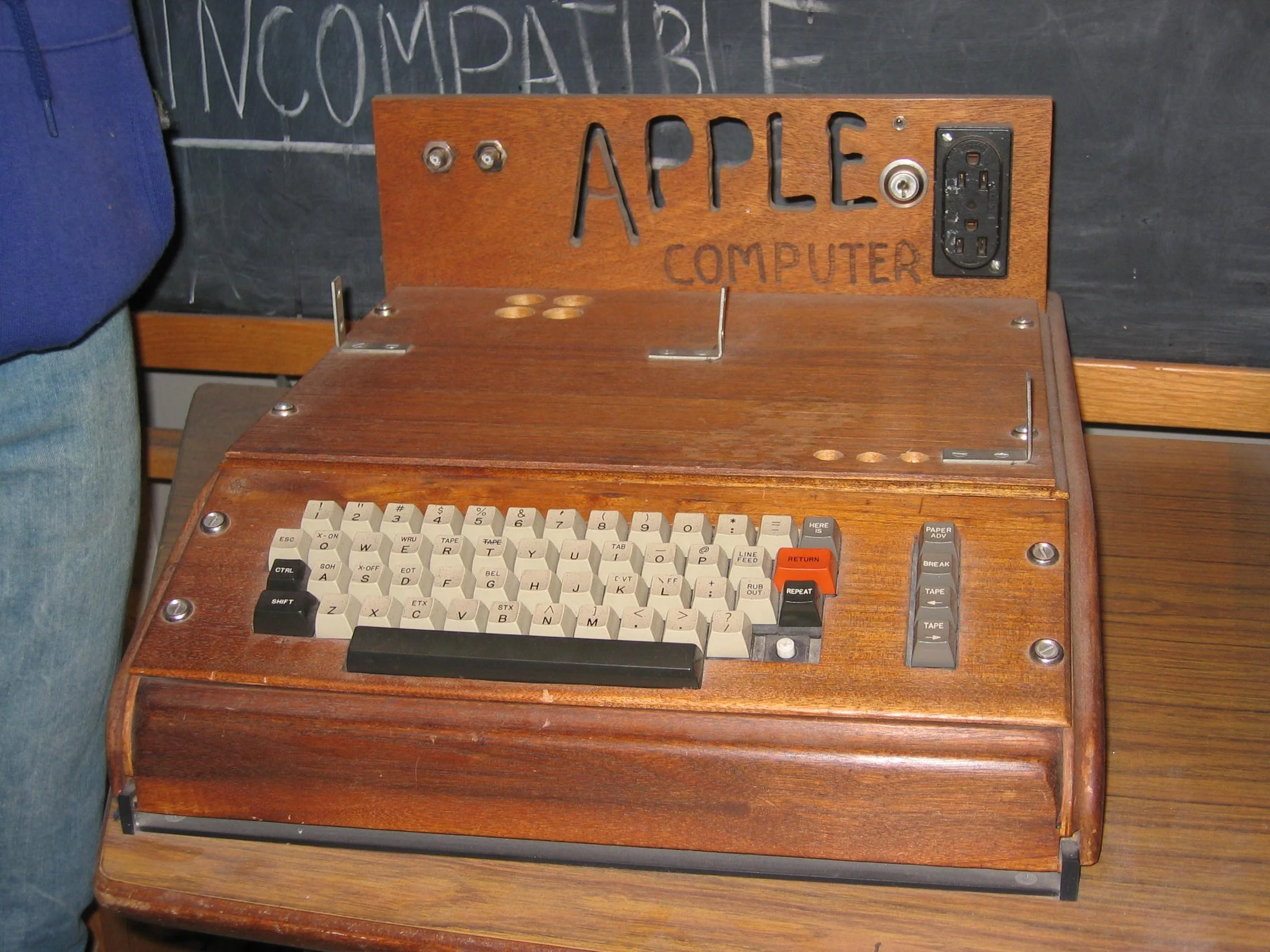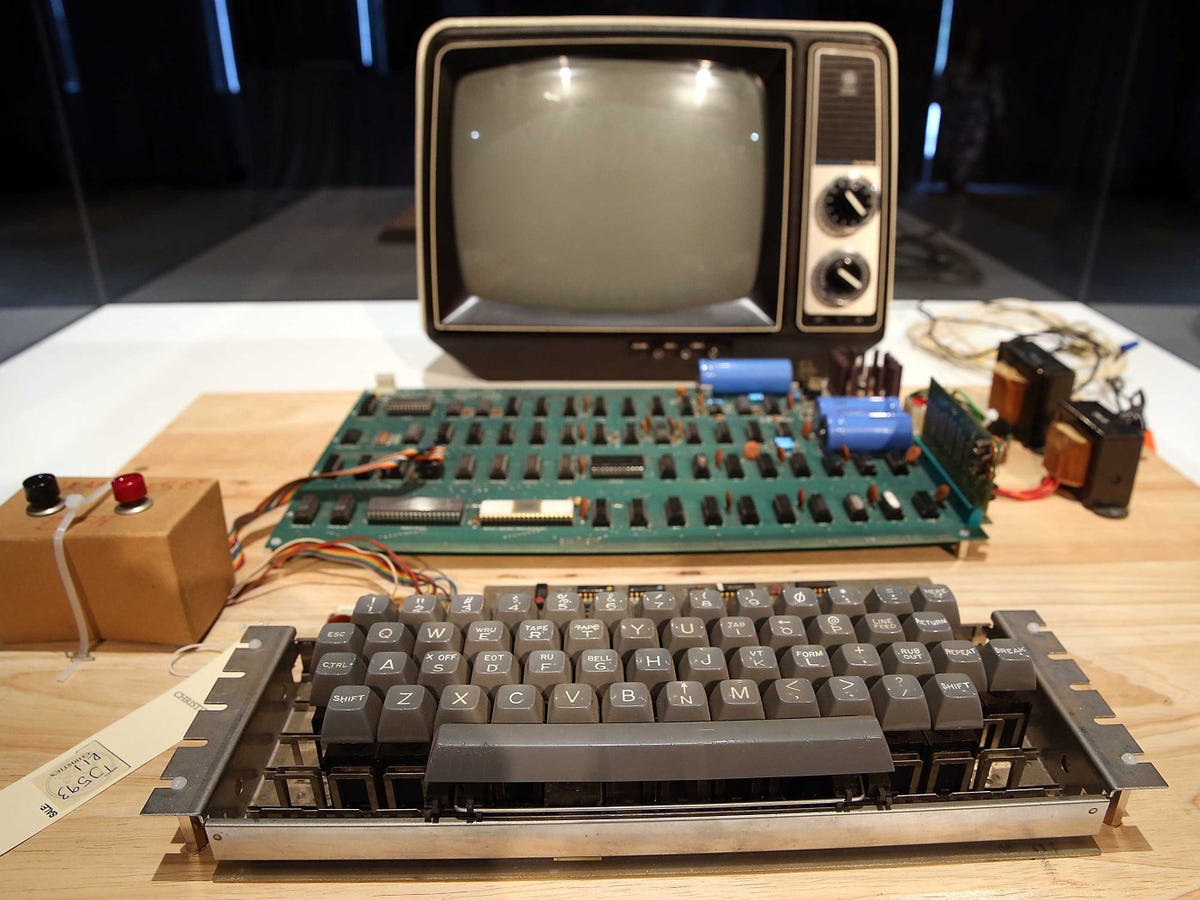The Seed is Planted
On March 5, 1975, two Atari employees (!) and friends Steve Wozniak and Steve Jobs went to a Homebrew Computer Club run by
Gordon French in his garage, where Wozniak became inspired to design his own computer. But the only CPU options available
at the time were the Intel 8080 and Motorola 6800, both of which he felt were too expensive. Then, MOS released their 6502
for $25 a piece late that year, prompting him to write a BASIC version based on the chip and eventually began design work
of his own computer, completing it in March 1976. When he brought the computer to the next club meeting, he and Jobs were
stoked about the commercial possibilities. Jobs suggested they sell singular, bare circuit boards with no parts installed
on it, so customers may assemble it themselves. So, Jobs sold off his Volkswagen Transporter van and Wozniak sold off his
HP-65 calculator to come up with money to kickstart a company!
It Grows and Grows
The duo went to the Homebrew Computer Club to demonstrate their pre-assembled prototype "Apple Computer A", where owner of
upstart computer shop Paul Terrell offered Jobs a $25,000 quota for 50 units pre-assembled--not as bare boards. Wozniak
determined the cost of the board's layout would be $1,000 and manufacturing would be $20 each. He calculated that to
recover these expenses, 50 people would need to buy a $40 board. They received $20,000 credit for 30 days to buy parts for
this quota, and they had their finished product in 10 days.

Ripe for the Picking
In July 1976, the Apple I went on sale for $666.66. Wozniak's reasoning for this spooky price was that he "liked repeating
digits" and a 33% markup was added to the proposed $500 price. Steve Jobs got inventory into the four earliest
microcomputer firms in America at the time. The first machine was produced to a high school math class and later was
donated to Liza Loop's public-access computer center. In total, 200 Apples were produced and 175 were sold with almost a
year. While that may sound like a horrific amount, these computers were made by hobbyists by hand and without cases, which
is why you see surviving units online in different wooden cases or even a suitcase! In April 1977, the price fell down to
$475, as its succeeding Apple II was to be introduced, and start shipping in June. The original Apple computer wouldn't be
discontinued until October, and Apple offered discounts on Apple IIs if the consumer were to return their Apple I.



